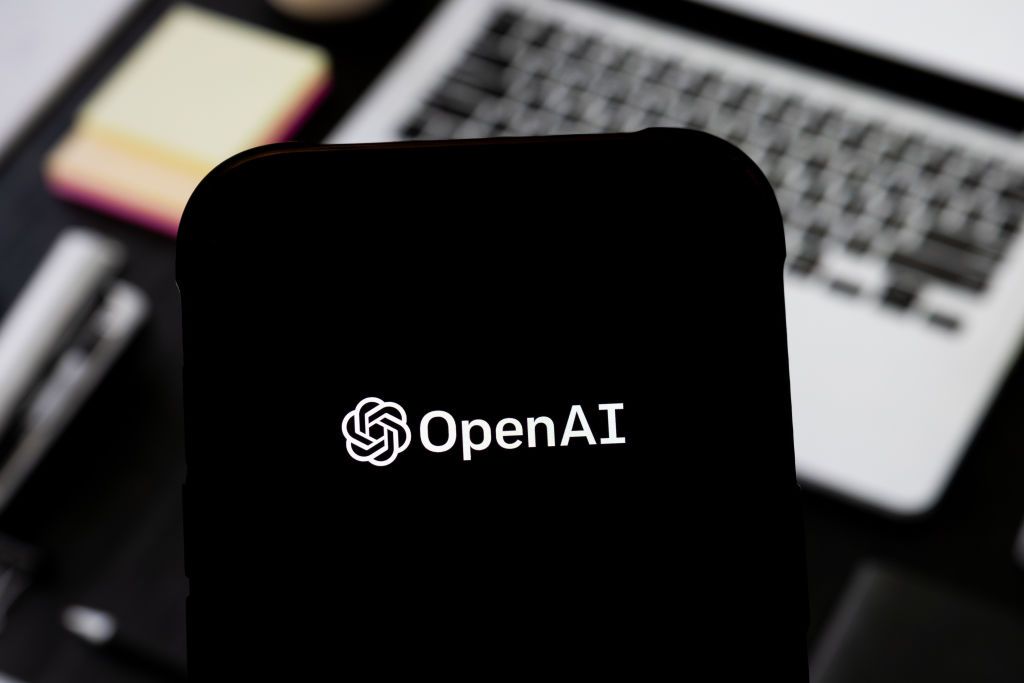OpenAI CEO Sam Altman has announced plans to introduce a new open-weight language model this summer, signaling a notable shift in the company’s approach to AI development.
In a recent post on X, Altman stated, “We are excited to release a powerful new open-weight language model with reasoning in the coming months.” He emphasized that the decision to open the model’s weights — the core numerical parameters trained into neural networks — had been under consideration for some time, but now feels imperative.
Why Now? The Competitive Landscape
The announcement comes at a pivotal time as competition in the AI space intensifies. Chinese AI company DeepSeek has gained traction with its R1 model, an open-weight alternative that has impressed the community with its performance and low training cost. Similarly, Meta’s Llama series has set a precedent by offering open-weight models with considerable capabilities.
OpenAI’s move could be seen as an effort to keep pace with these developments — or even outpace them — by offering a more cost-efficient and accessible alternative to proprietary models. Altman’s comment that “now it feels important to do” reflects a strategic pivot in response to market trends and the increasing demand for customizable AI solutions.
Open-Weight Models: Why They Matter
Unlike closed systems, open-weight AI models can be downloaded, altered, and fine-tuned by developers for specific use cases. This allows for more flexibility, especially in sensitive sectors like healthcare, finance, or government where data privacy and control are critical. In fact, organizations working with confidential datasets often prefer open-weight models to meet compliance and security requirements.
OpenAI’s upcoming model aims to match this need, offering a system that not only supports fine-tuning but also runs on local hardware. Steven Heidel, a technical staff member at OpenAI, confirmed this, stating that developers will be able to run the model independently — a significant shift from OpenAI’s cloud-dependent offerings.
Developer Access and Community Involvement
To foster early engagement, OpenAI has launched a dedicated webpage where developers can apply for early access to the model. The company also plans to host interactive events showcasing prototype versions, aiming to collect feedback and build momentum ahead of the official release.
The open-weight model is expected to empower developers with more control and customization potential. This democratization of AI tools has long been a rallying cry within the community, especially among advocates of transparent and ethical AI development. This move also complements broader industry trends, such as Amazon’s recent unveiling of Nova Act, its first next-gen AI agent.
Open Source vs. Truly Open?
Although the term “open-weight” suggests transparency, it’s worth noting that not all models are fully open-source. Meta’s Llama models, for example, have been criticized for lacking transparency regarding training datasets and model architecture. Additionally, licensing terms can restrict commercial use, raising questions about what constitutes a truly open model.
Still, the shift from proprietary-only access to open-weight offerings marks a significant evolution in AI development. Industry leaders like HuggingFace CEO Clement Delangue have praised the trend, noting that DeepSeek’s success has helped showcase “the power of open weights.”
Looking Ahead
OpenAI’s forthcoming model promises to be a game-changer by combining advanced reasoning capabilities with openness and adaptability. As the AI landscape becomes increasingly competitive, the availability of high-quality, open-weight models could redefine how individuals and enterprises build and deploy AI-powered solutions.
With more companies exploring open development frameworks and the rise of powerful alternatives to proprietary systems, the future of AI may lie in transparency, collaboration, and community-driven innovation.







